The secret to improving your dart game often lies in the fundamentals, and **how to hold darts correctly** is paramount: grip the dart gently with consistent pressure, using only 2-4 fingers. This article will guide you through finding the perfect grip for your style, covering different techniques and common mistakes to avoid.
⚠️ Still Using Pen & Paper (or a Chalkboard)?! ⚠️
Step into the future! The Dart Counter App handles all the scoring, suggests checkouts, and tracks your stats automatically. It's easier than you think!
Try the Smart Dart Counter App FREE!Ready for an upgrade? Click above!
Finding Your Perfect Dart Grip
There’s no single “right” way to grip a dart, but understanding the principles of a good grip is crucial. Experimentation is key to discovering what feels most natural and gives you the most control. The goal is to find a grip that allows for a smooth, consistent release, minimizing wobble and maximizing accuracy. Factors like hand size, finger length, and personal preference all play a role. Start with a relaxed grip and gradually adjust until you find a comfortable and repeatable hold. Don’t be afraid to try different grips until you find one that works for you. Remember, consistency is more important than the specific grip itself.
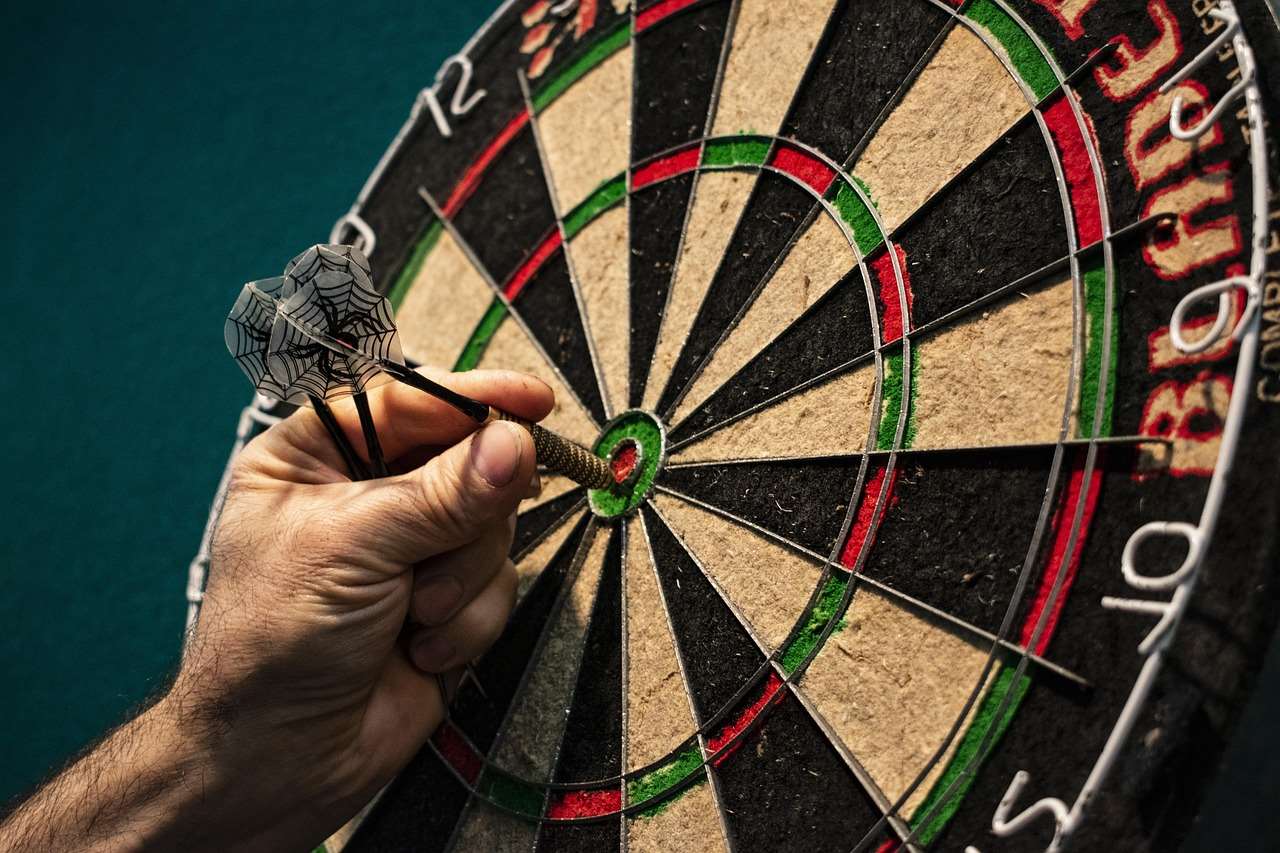
The Importance of a Relaxed Grip
Tension is the enemy of accuracy in darts. A tight, strained grip will lead to erratic throws and inconsistent results. Aim for a relaxed hand, wrist, and arm. Imagine holding a delicate bird – firm enough to prevent it from escaping, but gentle enough not to crush it. This applies directly to **how to hold darts correctly**. A relaxed grip promotes a smoother release and allows your arm to follow through naturally. If you find yourself tensing up, take a deep breath and consciously loosen your grip before your next throw.
Common Dart Grips Explained
Let’s explore some of the most common dart grips and their characteristics:
- The Two-Finger Grip: This involves holding the dart primarily between your thumb and index finger. It offers a lot of control but can be less stable for some players.
- The Three-Finger Grip: This is a very popular grip, using the thumb, index, and middle finger to hold the dart. It provides a good balance of control and stability. Many find this an ideal starting point when learning **how to hold darts correctly**.
- The Four-Finger Grip: Adding the ring finger for support can provide even more stability, but it can also reduce your feel for the dart.
- The Five-Finger Grip: While uncommon, some players prefer to use all five fingers. This grip prioritizes stability above all else.
Choosing the Right Grip Pressure
The amount of pressure you apply to the dart is just as important as the number of fingers you use. Too much pressure will cause tension and affect your release. Too little pressure will make the dart feel unstable and difficult to control. Aim for a medium pressure that allows you to feel the dart without squeezing it. Experiment to find the right balance for your grip style.
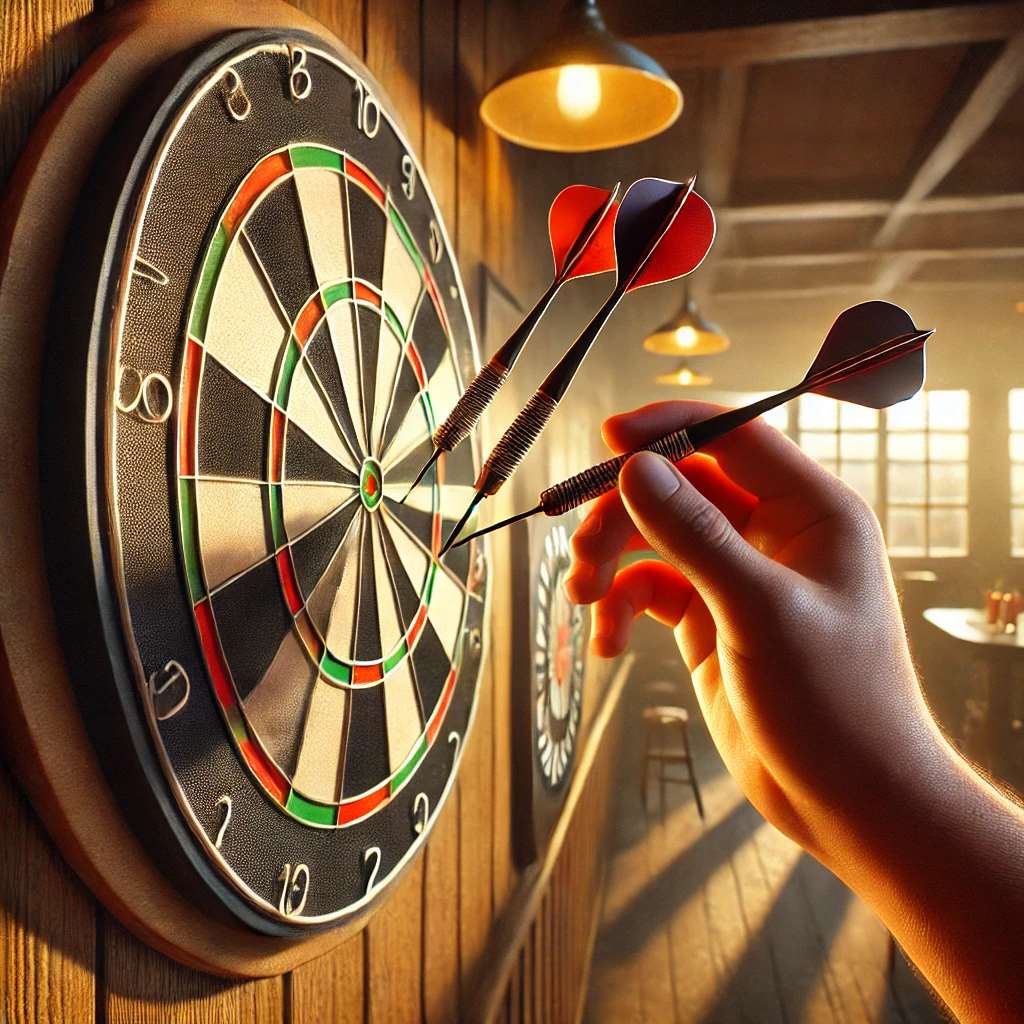
Finger Placement and Dart Balance
Where you position your fingers on the dart significantly impacts its balance and flight. Most players find that gripping the dart slightly forward of the center of gravity provides the best control. This sweet spot can vary depending on the dart’s weight and design. Experiment with different finger positions to find what feels most comfortable and natural. Avoid gripping the dart too far back or too far forward, as this can lead to instability and inaccurate throws. The key is to find the point where the dart feels balanced and easy to control.
Adjusting Your Grip Based on Dart Type
Different dart weights and barrel shapes may necessitate slight adjustments to your grip. For example, a heavier dart might require a slightly firmer grip or a different finger placement to maintain control. Similarly, a dart with a thicker barrel might be more comfortable with a wider grip. Consider the characteristics of your darts when refining your grip.
Consistent Dart Release
A consistent release is crucial for accuracy in darts. This means releasing the dart at the same point in your throwing motion every time. A consistent grip helps to achieve a consistent release. Practice your grip and release together to develop muscle memory. Record videos of your throws to analyze your release point and identify any inconsistencies. Small adjustments to your grip can significantly impact your release and overall accuracy.
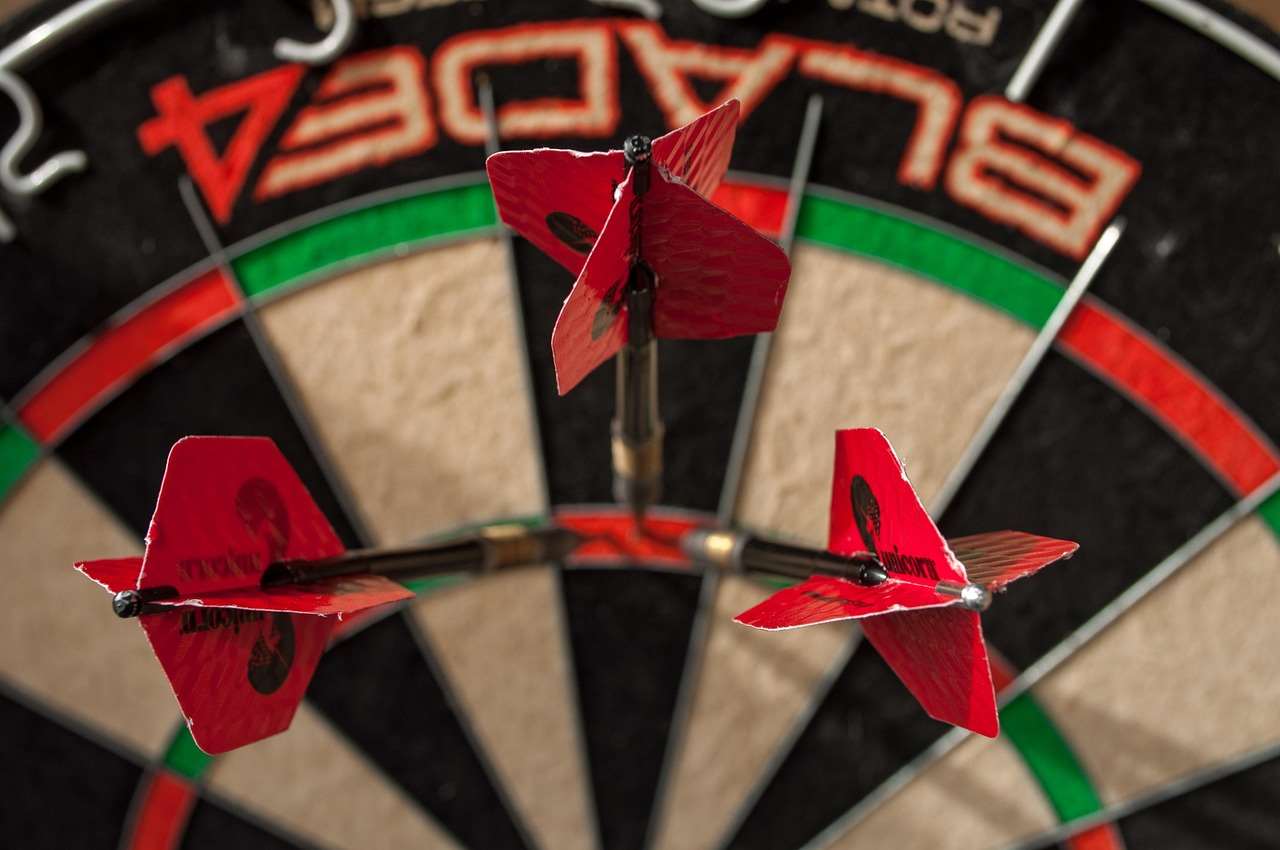
Follow-Through is Essential
Your follow-through is just as important as your grip and release. A smooth, consistent follow-through helps to guide the dart towards the target. Extend your arm fully towards the target and maintain your follow-through until the dart hits the board. Avoid stopping your arm short or deviating from your target line. A proper follow-through completes the throwing motion and ensures that the dart is released with maximum accuracy. Understanding **how to hold darts correctly** also allows for a consistent follow-through.
Practicing and Refining Your Dart Grip
Finding the perfect dart grip is an ongoing process. Regular practice is essential for developing muscle memory and refining your technique. Experiment with different grips, finger placements, and pressure levels until you find what works best for you. Don’t be afraid to make adjustments as your throwing style evolves. Consider working with a coach or experienced player to get feedback on your grip and release. The more you practice, the more comfortable and confident you will become with your grip.
Analyzing Your Throws
Pay close attention to your dart flights and groupings. If your darts are consistently landing to the left or right, or if they are wobbling excessively in the air, it could be a sign that your grip needs adjustment. Experiment with subtle changes to your finger placement or pressure to correct these issues. Video recording your throws can provide valuable insights into your technique and help you identify areas for improvement. You may also want to Choose Best Dart Equipment that matches your grip and style.
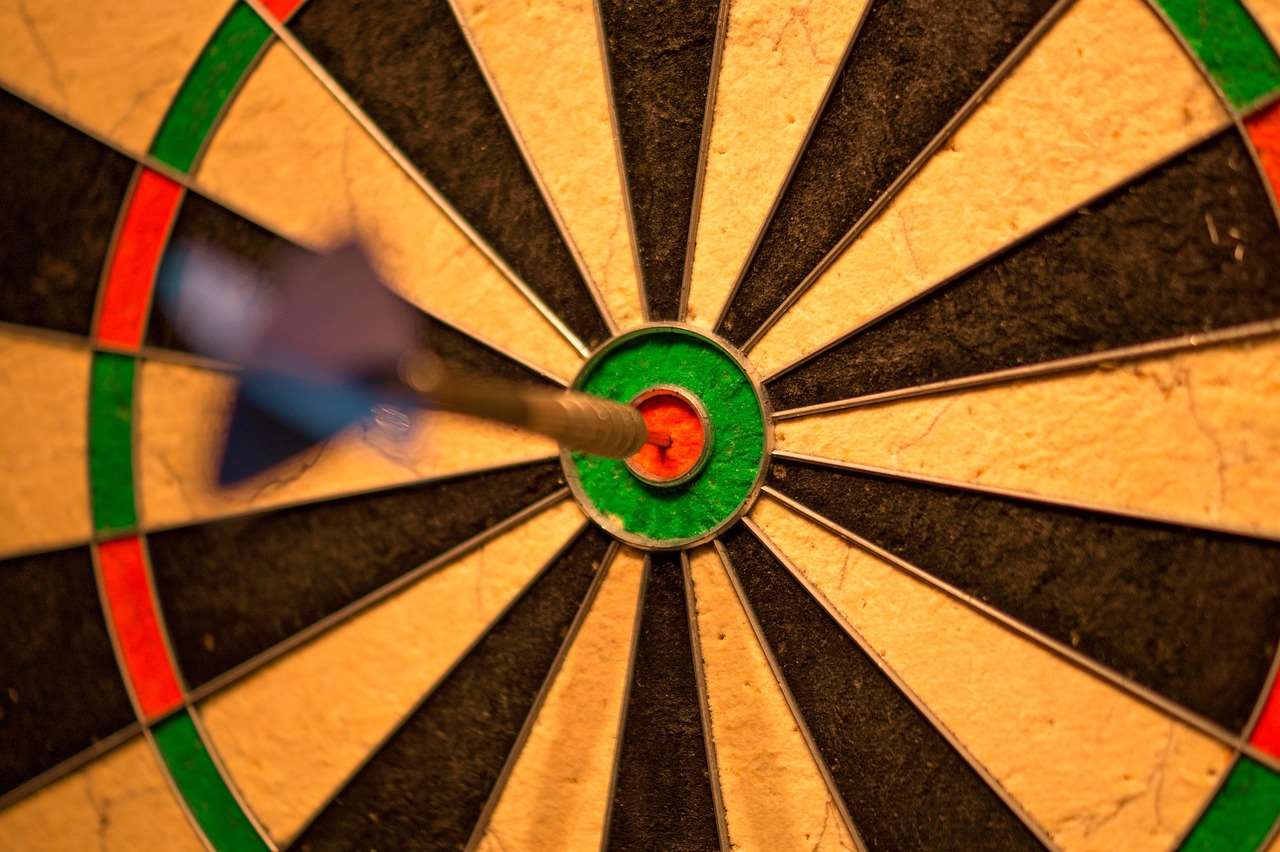
Common Mistakes to Avoid When Gripping Darts
Several common mistakes can hinder your progress when learning **how to hold darts correctly**. Avoid these pitfalls to improve your accuracy and consistency:
- Gripping the dart too tightly: This causes tension and restricts your arm movement.
- Gripping the dart too loosely: This makes the dart feel unstable and difficult to control.
- Using too many fingers: This can reduce your feel for the dart and make your release inconsistent.
- Gripping the dart in the wrong place: This can throw off the dart’s balance and affect its flight path.
- Changing your grip frequently: This prevents you from developing muscle memory and consistency.
Being mindful of these mistakes will help you develop a solid grip foundation.
Maintaining Consistency
Once you’ve found a grip that works for you, stick with it! Constantly changing your grip will make it difficult to develop muscle memory and consistent throws. Focus on refining your technique and making small adjustments as needed, but avoid making drastic changes to your grip unless absolutely necessary. Consistency is key to achieving long-term success in darts.
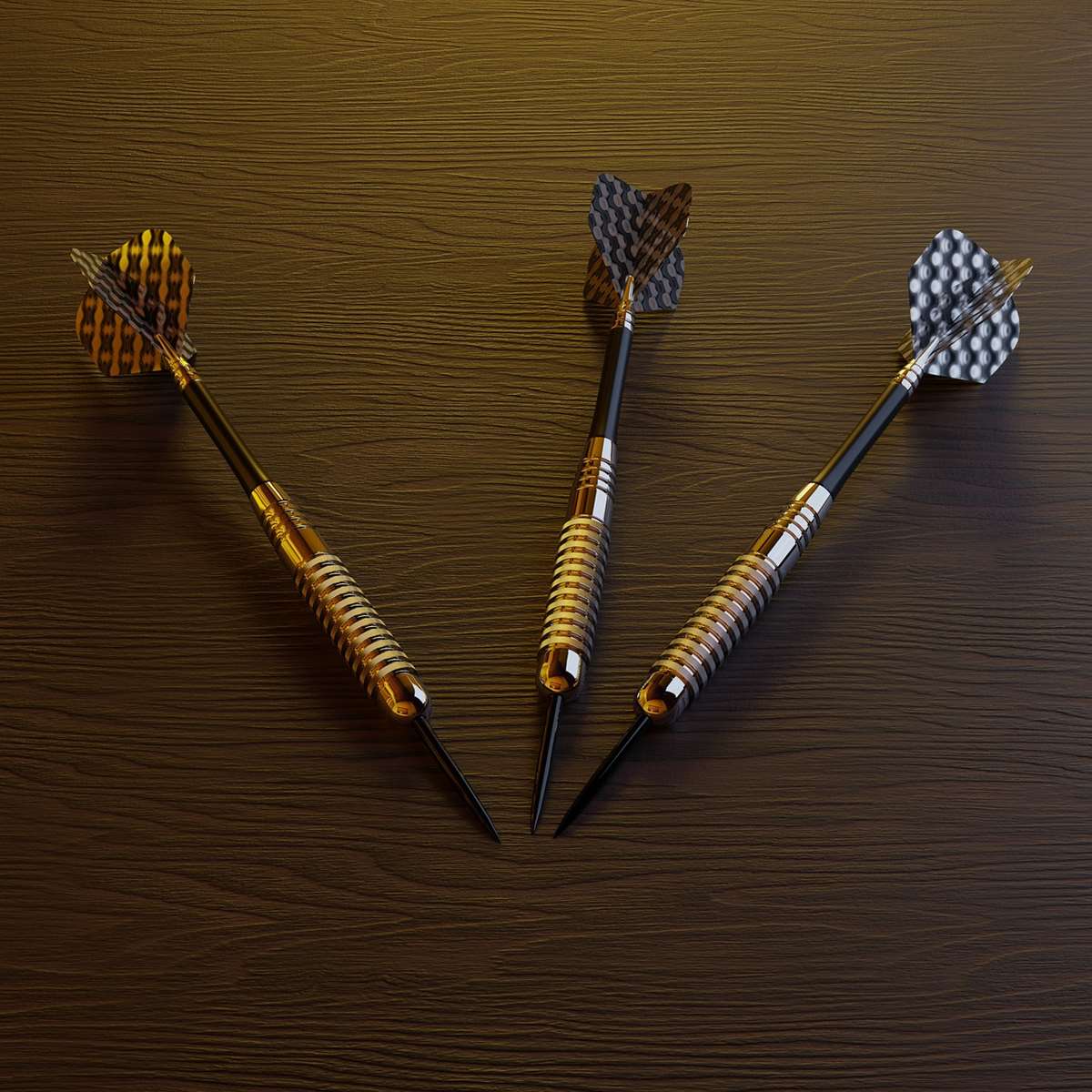
Experimentation is Key
Ultimately, the best way to find the perfect dart grip is to experiment and see what works best for you. Don’t be afraid to try different grips, finger placements, and pressure levels until you find a combination that feels comfortable and allows you to throw consistently. Remember that there’s no one-size-fits-all solution, so be patient and persistent in your search for the ideal grip. It’s all about understanding **how to hold darts correctly** for *your* unique throwing style. You can also check out Why Choose Tungsten Darts to see if that affects your grip or style.
Seeking Guidance
If you’re struggling to find a comfortable and effective dart grip, consider seeking guidance from a more experienced player or a darts coach. They can observe your technique, identify any areas for improvement, and offer personalized recommendations. They may also have some unique insights into Best Material For Darts that can help your throwing.
Conclusion
Mastering **how to hold darts correctly** is a cornerstone of becoming a skilled darts player. Remember to prioritize a relaxed yet controlled grip, experiment with different finger placements, and maintain consistency in your release. Avoid common mistakes like gripping the dart too tightly or using too many fingers. Regular practice and careful analysis of your throws will help you refine your grip and improve your accuracy. So, grab your darts, experiment with these techniques, and get ready to take your game to the next level! Find the grip that works for you, and see how you perform after you Choose Right Dart Material. Now go out there and start practicing to perfect your grip and improve your game! Good luck!
Hi, I’m Dieter, and I created Dartcounter (Dartcounterapp.com). My motivation wasn’t being a darts expert – quite the opposite! When I first started playing, I loved the game but found keeping accurate scores and tracking stats difficult and distracting.
I figured I couldn’t be the only one struggling with this. So, I decided to build a solution: an easy-to-use application that everyone, no matter their experience level, could use to manage scoring effortlessly.
My goal for Dartcounter was simple: let the app handle the numbers – the scoring, the averages, the stats, even checkout suggestions – so players could focus purely on their throw and enjoying the game. It began as a way to solve my own beginner’s problem, and I’m thrilled it has grown into a helpful tool for the wider darts community.